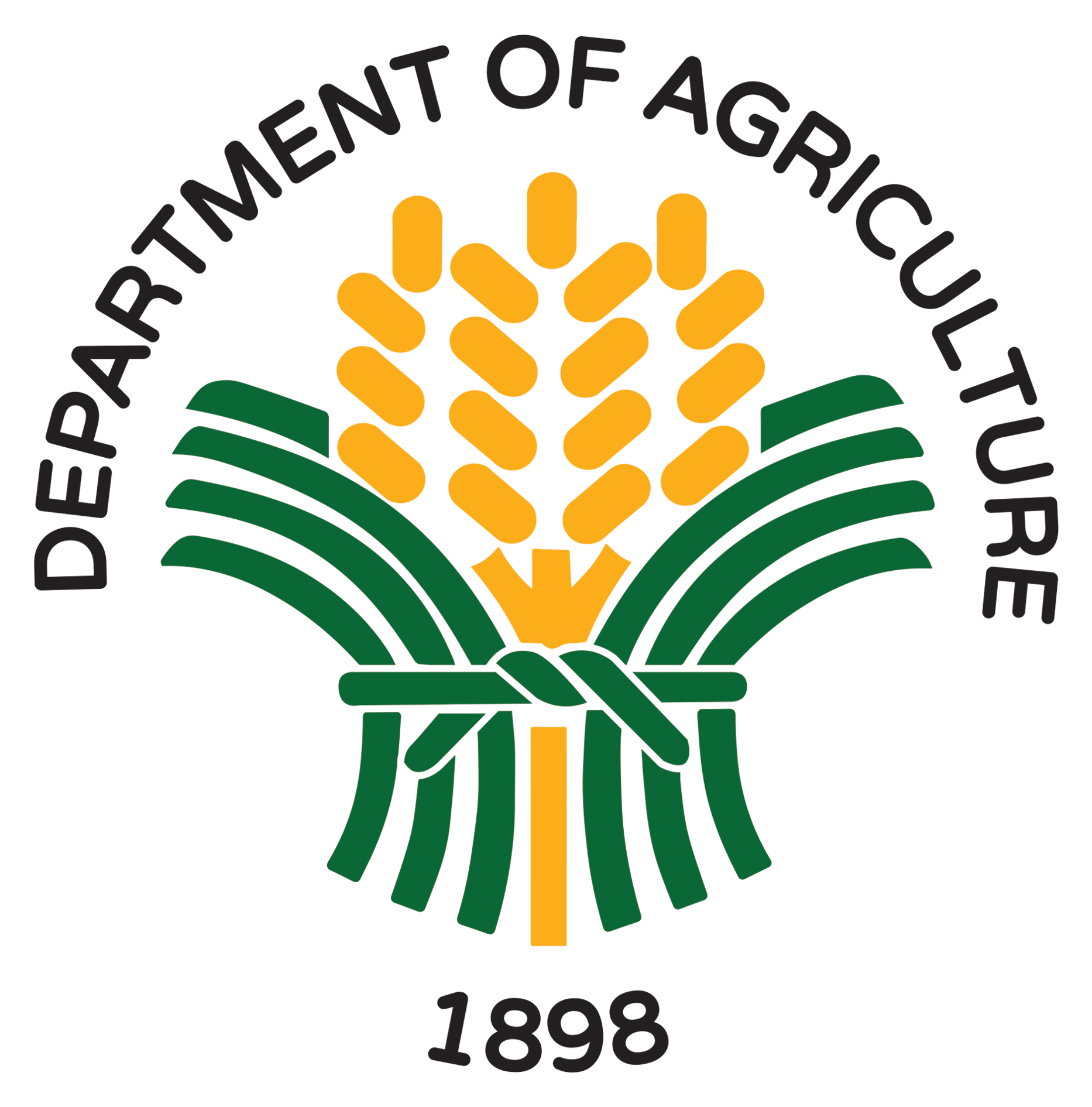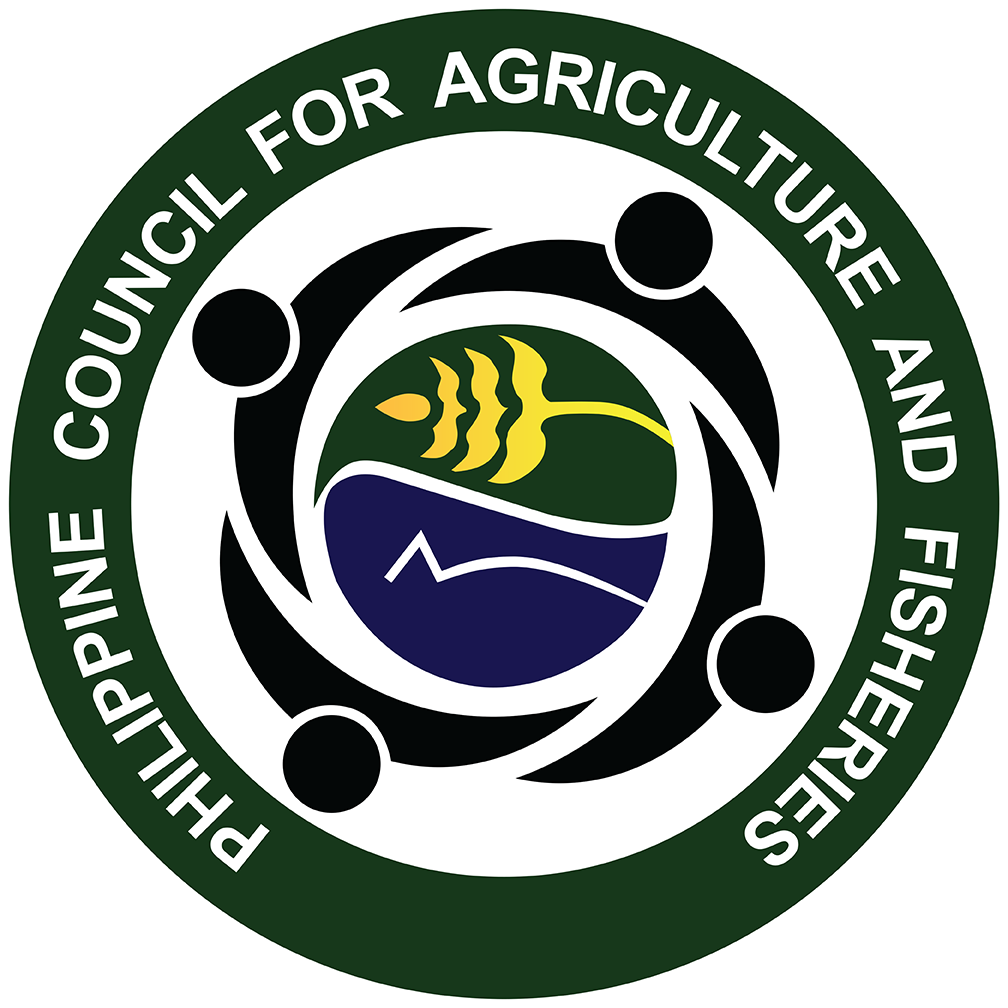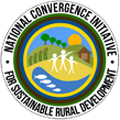
The National Banner Program Committee on Poultry, Livestock and Corn (NBPC on PLC) on its special meeting on May 23, 2022 discussed the updates on the Avian Influenza (AI) and the Department of Agriculture’s (DA) major initiatives to address and mitigate its impacts, the key strategies to address African Swine Fever (ASF) and National Corn Program interventions to lower production cost.
The Bureau of Animal Industry (BAI) showed the status of AI incidence in the country, which is currently being addressed through the implementation of strict biosecurity measures and continued surveillance efforts in affected areas.
They have also determined possible causes of the spread of AI. These include proximity to wild bird sanctuaries, poor sanitation of feed delivery trucks, recycling egg trays, transporting fresh eggs from infected farms, and the illegal transport of ducks from affected provinces.
The poultry sector also discussed the limited capacity of AI laboratories, the resistance of some farmers against surveillance, delays or non-reporting of suspect cases, and deviations and non-compliance to national policies and guidelines, which make the management of AI cases more challenging.
BAI assured that they are closely coordinating and consulting with local government units (LGU) and with the Department of Health to avoid human transmissions, and implementing strict disease control and monitoring measures. Specifically mentioned as a measure is the issuance of DA Memorandum Circular No. 05 series of 2022 or the Guidelines on the Local Movement of Domestic and Wild Birds and Poultry Products and By-Products during the AI surveillance period.
To better address the spread of AI, the Committee recommended the implementation of an online shipping permit system, granting temporary authorization to private laboratories for disease screening, improved bird-proofing measures, and the establishment of Agriculture Commodity Examination Areas.
Moreover, there is a need to harmonize national and local guidelines and issuances regarding animal disease monitoring and the transport of agri-fishery products during animal disease outbreaks to ensure the consistent and uniform implementation of rules and regulations.
Key strategies to address ASF were also discussed. Currently, there are 971 barangays already released from ASF quarantine, which is way above the 2021 target of 500 barangays.
It was noted that the Bantay ASF sa Barangay (BABay ASF) program and the Integrated National Swine Production Initiatives for Recovery and Expansion (INSPIRE) Repopulation Program, have significantly mitigated the impact of ASF and controlled the further spread of the disease, through increased LGU engagement, improved surveillance and biosecurity measures, and capability-building programs.
It was also suggested that more mobile disinfection vehicles, which could be stationed at checkpoints and port areas to disinfect incoming vehicles and cargoes, would also be disseminated to areas highly at risk from ASF.
On the other hand, the National Corn Program (NCP) reported that fuel discounts for post-harvest machinery usage, fertilizer discount vouchers, and seed subsidies were among DA’s major initiatives to help corn farmers in lowering production costs.
The NCP has also recently visited corn farmers to identify their urgent needs, which include more machinery and equipment, as well as postharvest and storage facilities. | SMA











